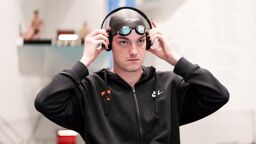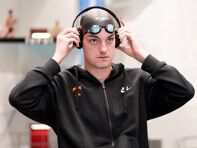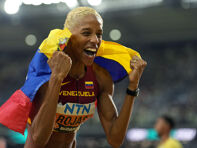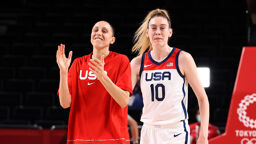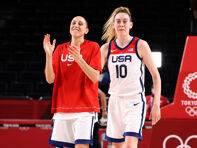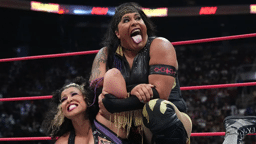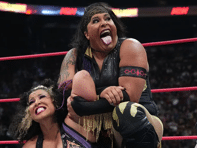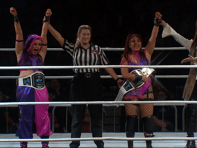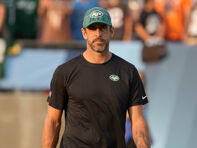As NCAA schools go, Brigham Young University has traditionally been to LGBTQ-unfriendliness what LSU is to football. BYU is currently ranked number four on The Advocate’s “20 Colleges Most Hostile to LGBT Students” list and features “an established and well-documented history of anti-LGBTQ discrimination” according to CampusPride.org’s Shame List.
However, thanks to its role as host for the United States National Amateur Dancesport Championships, there has a been small breach in BYU’s anti-LGBTQ shields. Starting this year, BYU has agreed to admit same sex couples to the competition for the first time in its history.
According to Queerty’s Graham Gremore, the school’s about-face was inspired by a new change in the rules put forth by the National Dance Council of America which now define an eligible couple “as a leader and follower without regard to the sex or gender of the dancer.”
After a few decades of existence, NDCA apparently just discovered that gay people like to dance. Who knew? And as Gremore pointed out, “the change only came after NDCA was threatened with a discrimination lawsuit.”
Even with that in mind, though, NDCA was able to convince BYU to make an exception in its longstanding anti-LGBTQ policies in order to continue hosting the annual competition from March 10-14. That is a win for Team Inclusion, regardless of whether a lawsuit needed to be threatened or not.

However, this momentary victory doesn’t mean that BYU is suddenly going to throw its doors open to welcome all LGBTQ students. Indeed, the school is still standing by its longstanding and odious “Honor Code,” prohibiting “all forms of physical intimacy that give expression to homosexual feelings,” as well as several other actions.
Which gets to the heart of what’s at issue. BYU continues to oversee one of the most repressive anti-LGBTQ policies in the country. But if you’re a gay who knows how to foxtrot, they’ll look the other way for five days in March!
It’s not nothing. But it’s also far from being really something.
To get a fuller sense of the atmosphere at Brigham Young, read Emma Gee’s recent coming out story about being “the only out LGBTQ athlete at BYU.” And note that it was written in 2019 no less. Gee, who identifies as bisexual, explained that the Honor Code’s ambiguous phrasing “has created a culture of paranoia for LGBTQ students.”
And in blunt and unsparing terms, she described what it’s like to be an out student athlete at the university:
“Being an out-of-state college student is exhausting. Being a D1 athlete and competing three seasons a school year on a competitive team is exhausting.
“Trying to succeed at both, with the weight of everything I’ve held back to protect myself, is hell.”

That’s the reality of daily life at BYU for LGBTQ students and athletes. And lifting the suffocating threats that underlie the Honor Code specifically for ballroom dancers during one week of the school year isn’t going to change that.
So yes, it’s a positive development that BYU is allowing LGBTQ ballroom dancers to compete with partners of the same sex and every step in the right direction still represents a small victory.
But BYU should be made to answer the question: why does “ballroom dancing ability” make a difference in how the university treats same sex couples? Every LGBTQ student on campus has a right to know.
Or alternatively, perhaps they can explain how a university’s definition of the word “honor” applies to sexuality but not transparency.





